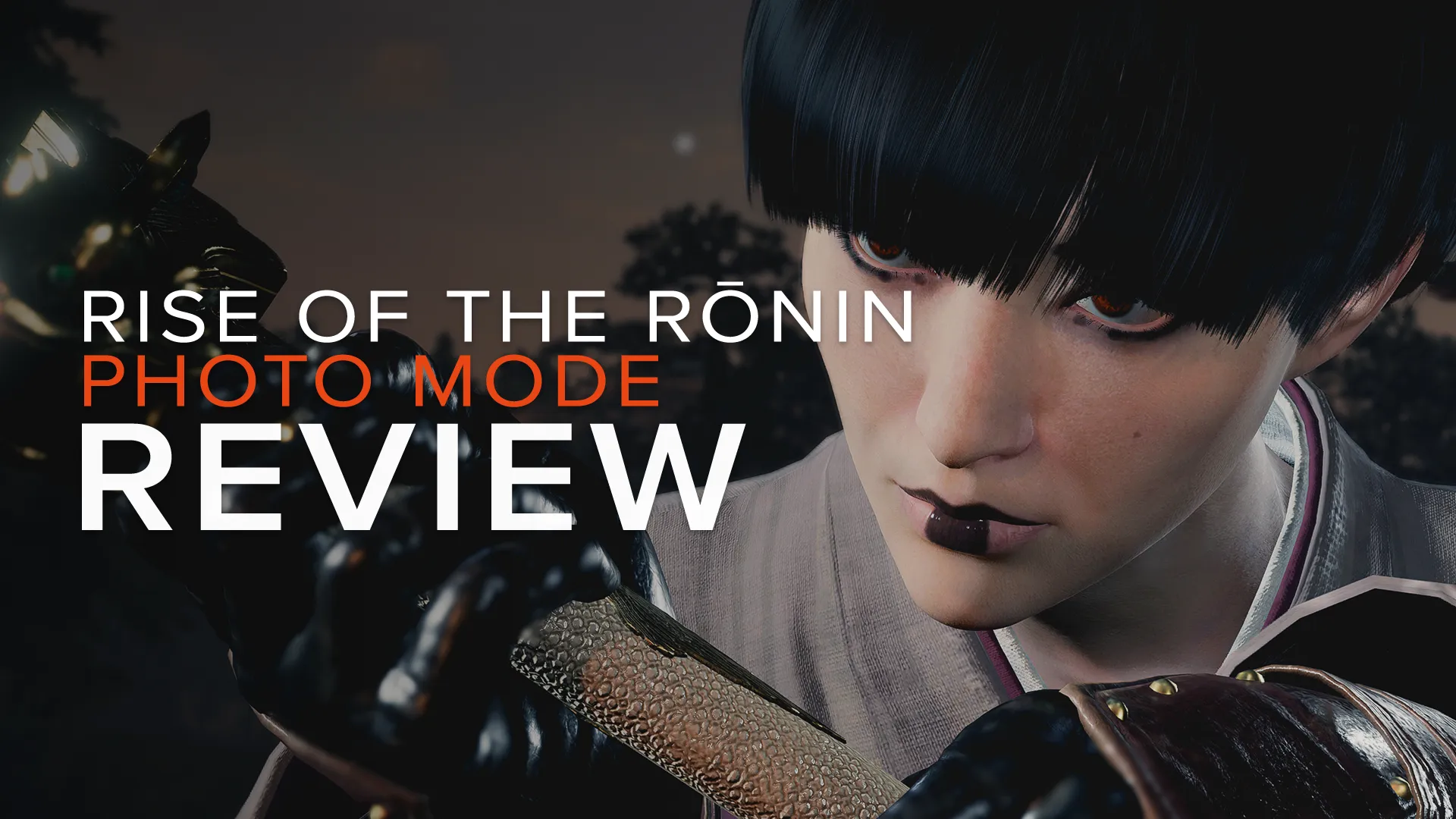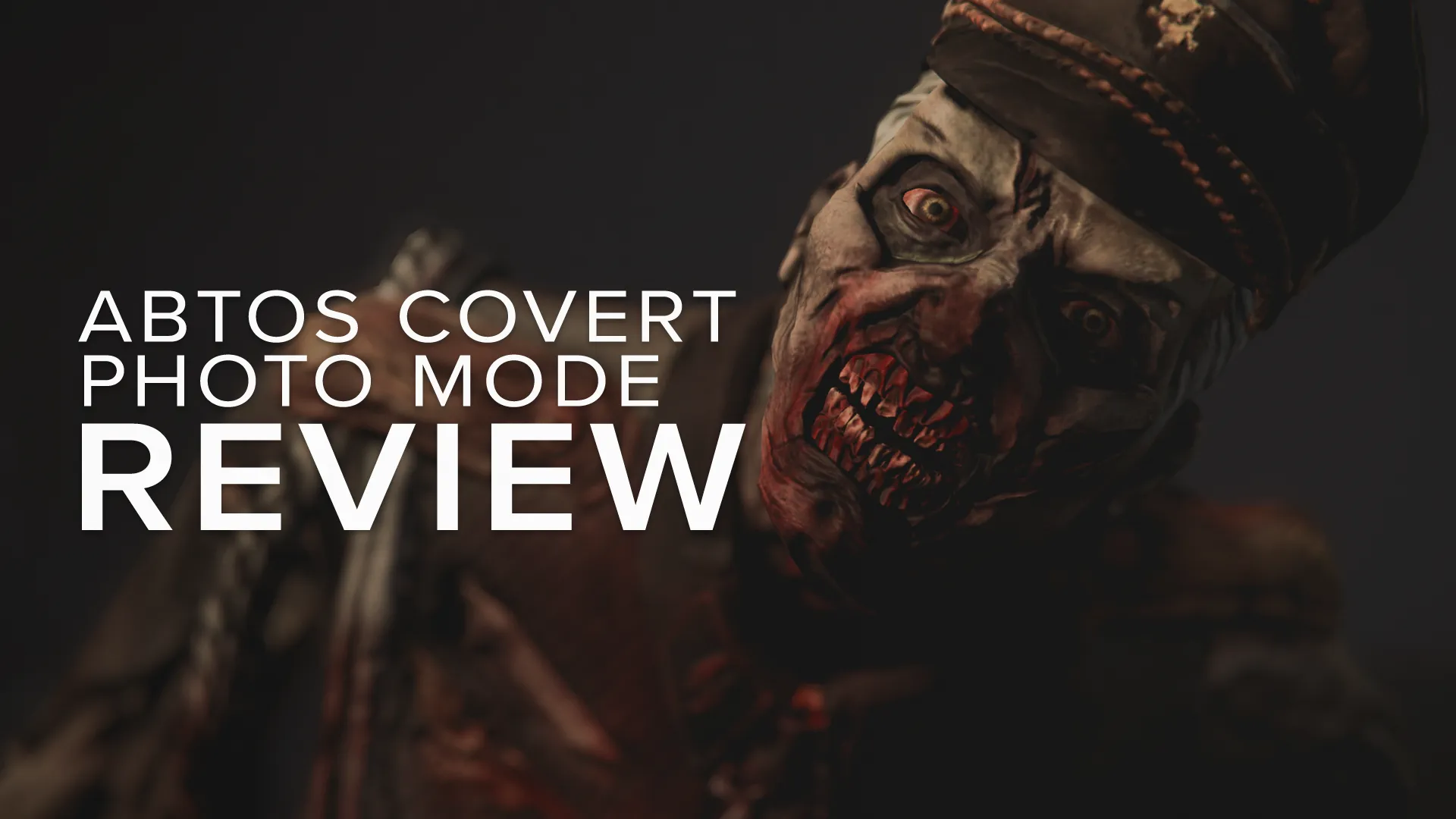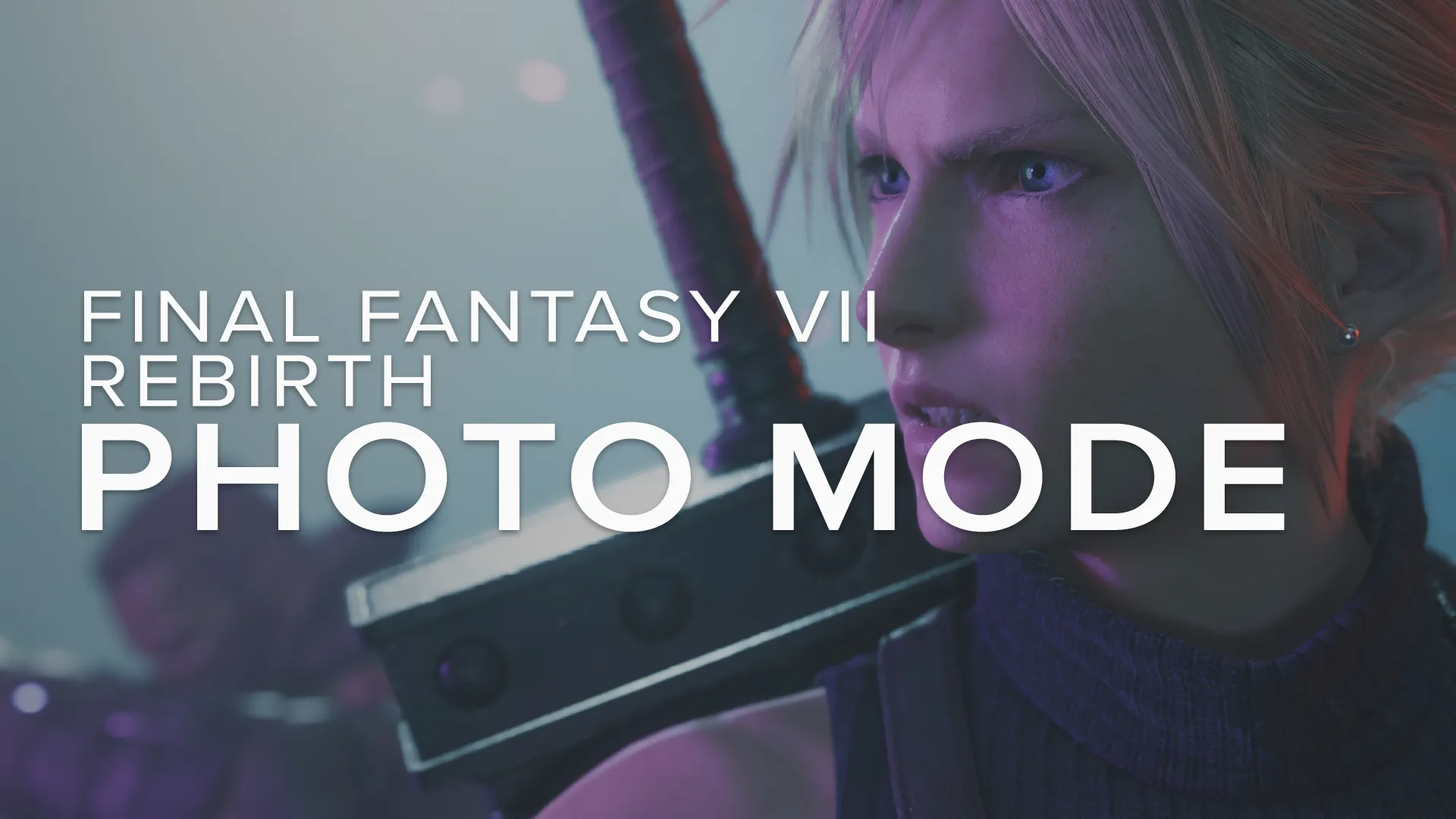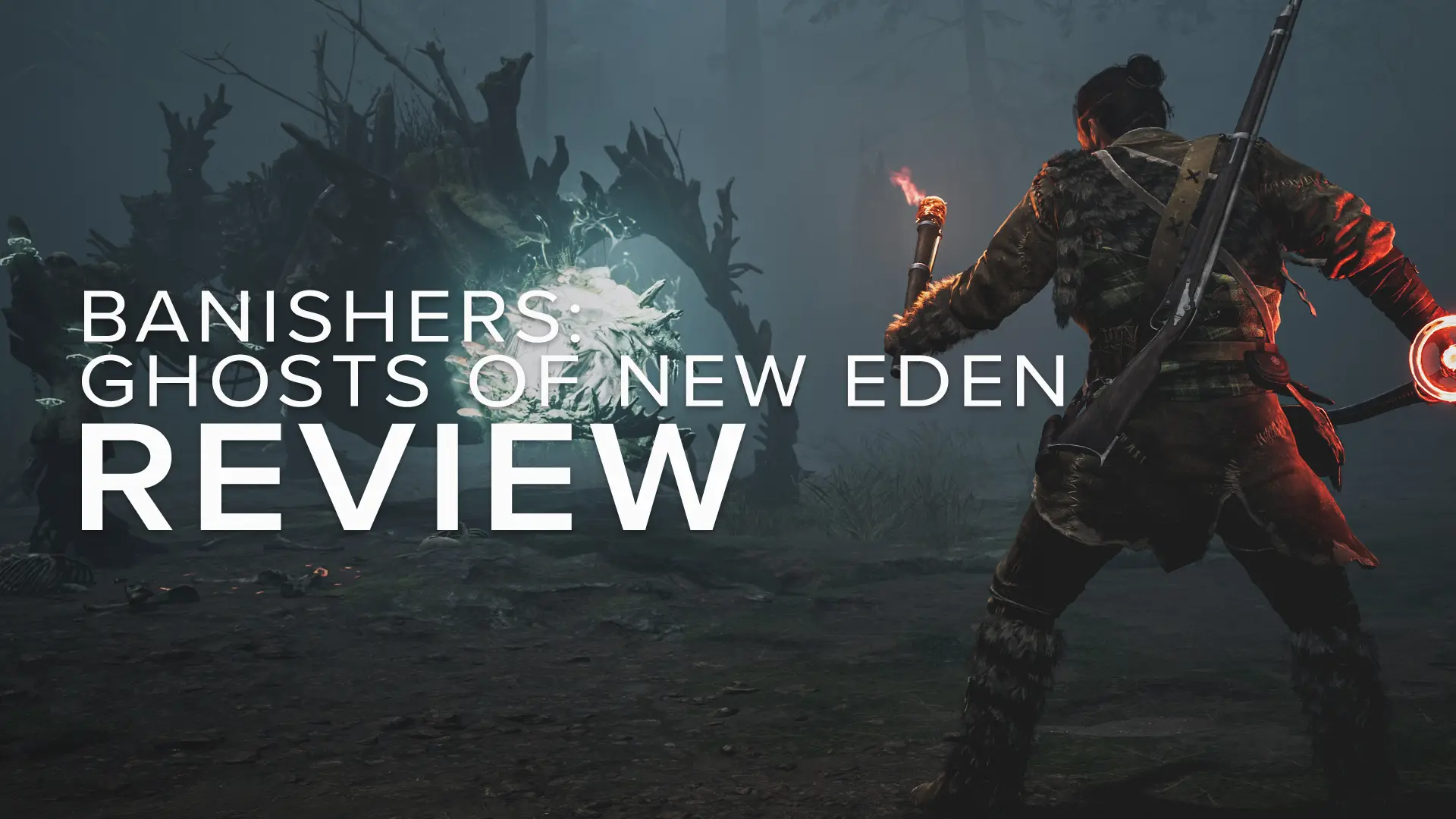
ℹ️ - The Last of Us Part I
Naughty Dog have wasted no time in delivering the full remake of their influential masterpiece, complete with extra story chapter Left Behind, just 3 months after it was officially revealed. Whether absolutely necessary or not, The Last of Us Part I is a chance for the studio to get closer to their original creative vision and is described as the definitive version of a game that has itself helped to define video game storytelling.

- THE LAST OF US PART I // © SIE -
The fateful events after the Cordyceps fungal outbreak have lost none of their impact, and Joel and Ellie's deeply emotional and thought-provoking stories hit just as hard now as they did 9 years ago. Arguably more so in some ways thanks to the higher fidelity character models and facial animations that convey even more of the actors' original performances and unspoken feelings.
Just replaying THAT intro sequence is enough to highlight some of those nuances, giving a hint at the emotional rollercoaster that lies ahead. It may be highly celebrated, but The Last of Us is still primarily a game about human consequences in a harsh and unforgiving world.

- SARAH // JOEL -
As a complete ground-up rebuild for PS5 (and PC later this year), The Last of Us Part I serves as a sort of technological prequel to 2020's Part II. It is the original game but made using the game engine developed for the sequel, benefitting from everything Naughty Dog have learned in the meantime to bring things right up to date.
Along with some extra challenges like speedrun and permadeath modes, there are also more versatile controls, improved combat and exploration, more advanced AI behaviour, and full support for the DualSense haptics.

- TLOU PART I // AI -
Even with these improvements, The Last of Us does admittedly take a bit of getting used to as you battle with the slow and wobbly aim to make every crucial shot count. A host of workbench upgrades can help there though, and a wide range of accessibility options ensure that there is a level for everyone to enjoy.
However you take on the game, the massively improved visuals are likely the biggest attraction. That and the promise of an "evolved" photo mode to capture them with. The updated models are indeed outstanding, though the sophisticated lighting has just as big a part to play in the visual appeal.

- TLOU PART I // 3-POINT LIGHT -
Less pre-baked and much more realistic, there is both natural and artificial light that really elevates the drama both in game and in the photo mode. That's right, the photo mode has been upgraded with the addition of a much-coveted 3-point lighting setup. More on that later...
Key Photo Mode Features:
3-point studio lighting setup
Animation frame advance
Cinematic depth of field and bokeh
Controls & Implementation:
Any evolution comes with some lineage, and much of what you will find here is brought over from the photo mode in The Last of Us Part II. That is with good reason, because it marked a significant step forward for Naughty Dog's camera tools, although there was a fatal flaw. A flaw that unfortunately is still here.

Don't like the default button assignments? Some of the photo mode controls can be customised in the game settings...
In what is now a running criticism that goes right back to Uncharted, the camera is once again restricted to an orbital rotation around the character with no freedom to pan or tilt. The length of the orbit can be extended to varying degrees with L2 / R2 for some more angles, and a 360° roll via the UI means portraits are no problem at least. A small amount of lateral truck and vertical crane positioning also try to let you mix up the composition, but none of this comes close to solving the fundamental problem.
- TLOU PART I // CAMERA MOVEMENT -
With a character-centric movement combined with a soft deflection of the camera around any nearby objects, let's just say that precise placement is an uncomfortable process. And not being able to aim the camera at other subjects is nothing short of frustrating, especially when it does not need to be this way.
The dreaded tethered orbit camera drastically reduces creative freedom, but can it be avoided? Read more...
- FIXING ORBIT CAMERAS // OPINION -
Fortunately, the rest of the photo mode is much more accommodating with easy to understand features and an optional shortcut assigned to L3 + R3. The tabbed UI is familiar and creates a logical workflow that takes you from compositional options (thirds grid included) to post-process effects and overlays. Visual lock icons also help to indicate any settings that are currently disabled, and the setup is retained on exit for easy sequences of similarly styled shots.
The very first tab brings a big added convenience too. No more having to quit out because the character blinked for their portrait, or because you froze the action just before the perfect moment. With the new frame advance option, it is possible to simply wind on the animation one frame at a time. Just don't go too far because there is no reverse.

- TLOU PART I // PHOTO MDE UI -
As usual for a Naughty Dog title, the optical characteristics of the camera are excellent. The photo mode doesn't actually use any camera values for real-world photographers to relate to, but the field of view slider covers a useful range, and depth of field is easily created to give a cinematic look that the studio is known for.
The DoF Distance options make light work of setting the point of focus and, although there is no auto focus assistance, a handy Screen Magnifier found in the game's many accessibility settings is a great way to get pinpoint accuracy with a closer look.

- TLOU PART I // DEPTH OF FIELD -
With the focus set, DoF Intensity determines the amount of defocus that is applied to both the foreground and background. At higher intensities, the shallow depth of field does a good job of isolating subjects and renders a nice circular bokeh on defocused lights. Pushing the setting to the maximum will see that bokeh turn into a pepper pot-like interference pattern; something that you may or may not like, but it is worth being aware of.
A few other lens characteristics can be deliberately added with things like chromatic aberration creating some colour fringing (set this to 50 to disable it entirely), and vignette darkening the outer edges of the frame. Sharpness can also be increased to help pick out texture details, and film grain can be added for a film-like look, while outside of the settings, there is also a magnificent multi-element flare that occurs as a natural behaviour when the lens picks up a strong light source.

- TLOU PART I // LENS FLARE -
Motion Blur is present but strangely ineffective this time around. Only seeming to properly render when the frame is moving, the blur is not correctly applied in photo mode – expect a fix when updates start to arrive.
With the majority of the settings taken care of, the final look and feel of the shot can be modified with overall Brightness, Saturation, and 20 variable colour filters – maybe with a few too many red ones. The number of logos has also been expanded to 19 with each able to be resized and placed in 9 positions that will adapt to any selected frame, and now have a transparency option for much improved blending.
The same ability is found with the frame surrounds which add a bunch of stylistic overlays to the broadcast and theatrical aspect ratio crops. Perhaps most interesting here is that these and the selection of stencil-like templates can be applied with transparency and in 9 different colours including the novel "screen colour" that matches the average hue of the underlying image. A neat step that combines to open up the door to some more creative uses than anything simple frames normally offer.
Lighting Mode:
Whether you actually read up to this point or skipped straight here, the addition of a 3-point lighting setup is undoubtedly the headline feature for Naughty Dog's latest photo mode. Although the game engine is capable of some stunningly realistic natural light, this comprehensive suite adds so much more potential.
Tacked on as a supersized new UI tab – one that was cunningly hidden from the earlier preview – the tools allow you to place up to 3 directional spotlights in each scene. Visualised with an elegant virtual lighting rig, each lamp can be positioned in a 360° orbit around the character using the LS, and moved closer or further away via the menu.

- TLOU PART I // LIGHTING MODE -
With a press of the touchpad, the LS input is switched from orbit to a completely free pan & tilt action to aim the light in any direction from a fixed position. This decision to use only one analogue stick does feel a bit unnatural, so don't be surprised if you mess up the camera position a few times as you automatically reach for the RS or triggers while placing lights.
The thing that really hit me here though, is that this is yet more proof that an orbital rig can quite easily be given more freedom. If the new spotlights can be aimed in any direction, why hasn't something similar been added for the camera itself?

- TLOU PART I // GOING UNDERGROUND -
Regardless of that though, the lighting setup deserves a lot of credit and includes some powerful options. Control over the light colour is particularly good thanks to 13 colour presets plus custom settings using separate hue, saturation, and luminosity values. Press X on the Hue option, and there is even a pop-out colour picker chart for a more visual approach.
Each light beam can also be adjusted with a wide or narrow spread, and with a hard or soft outer edge, but there is unfortunately nothing to limit how far the light will shine. Shadows cast by the light can be individually toggled on / off, and overall brightness comes mostly from the Intensity option. Even at the brightest settings, this can struggle to overpower an already well illuminated scene, but when used in the game's plentiful darker areas, the new lights are a major upgrade that offer many creative options.
There are many more tender moments, and even a few laughs along the way...
Photographic Opportunities:
The Last of Us stands out as one of the most poignant pieces of storytelling that I can think of, and not just in video games but in any medium. If truth be told, that also means that it is a game that is best enjoyed without the constant interjection of a photo mode, but here we are.
For most people though, this is likely not the first time experiencing the game, and so the Part I remake represents a chance to revisit it with heightened visual fidelity, even more emotion, and those fancy new lighting tools to take advantage of.

- TLOU REMASTERED // TLOU PART I -
Every element has been reworked and, although some areas may actually feel less attractive at first glance, there is a real payoff in the added realism and accuracy of the overhauled textures and lighting. Just look at this comparison of the same shot taken in the remaster and again in Part I.
With a strong personal attachment created between the player and the main characters, they will naturally become some of the most photographed subjects. Close-up shots of the high quality models are particularly well rewarded, and you can edge a little closer by changing the Camera Distance in the accessibility settings before going to the photo mode.

- TLOU PART I // SURVIVAL -
Things do get somewhat more complicated when it comes to turning the attention to other members of the cast though. While many of the fleeting roles are well worthy of being interesting subjects, this is where the camera restrictions really bite. The player can be hidden, but without pan & tilt to freely "look" around, shots of anyone else require you to force the issue and pre-plan where to stand just to be able to get a line of sight.
Holdbacks aside, the game has a lot to offer and more than pure visual quality too. Start thinking and you'll find all sorts of ways to portray moral conflicts or to create a narrative on the less comfortable truth of survival at any cost. Sorrowful moments are also never far away, and the gruesome gore and pooling blood of unfortunate victims, or the various stages of the infected are full of appeal for fans of horror.

- TLOU PART I // CLICKER -
It doesn't have to be all doom and gloom of course. There are many more tender moments, and even a few laughs along the way. The inclusion of the excellent Left Behind chapter is particularly good here as it features some light-hearted sections and a greater sense of child-like innocence that is remote from the later brutality.
There is also the fact that you can ignore all humans completely – whether living, infected or otherwise – and simply take in the well-crafted environments and arguably some of the best representations of the fall of society. The overgrown remains of crumbling cities and infrastructure are brilliantly visualised and tell their own stories through a state of abandonment and dilapidation.
- TLOU PART I // ENVIRONMENTS -
Don't neglect the story though, completing it will unlock access to several customisable outfits for both Joel and Ellie, as well as a host of novel rendering modes. These add a little incentive to keep coming back, and the ability to repay individual chapters or encounters means that it is never difficult to return to preferred spots.
Subscribe to the regular newsletter for all the latest features from TheFourthFocus.com
Verdict:
The Last of Us Part I is said to be the unhindered version of the game, with no restrictions holding back the creative vision. That may well be true, and this is the best way to experience a truly great story, but the same cannot quite be said about the photo mode. Still shackled by an awkward orbital camera, the photographic creativity is limited by a lack of compositional freedom.
Despite that, Naughty Dog have put together a strong set of tools with excellent optical characteristics. Headline additions like Frame Advance and 3-point lighting rigs are a huge step in the right direction, and the game is one of the best opportunities to capture extremely emotive and inspiring images in outstanding quality. Free the camera and this would be right up there.
Full Feature Set:
Access & Control
Photo Mode Access: L3 & R3
Camera Movement: 360° Orbit Rotation Horizontal Pan: 0° Vertical Tilt: 0° Roll: ± 180°
Thirds Grid: Yes
Menu UI
Lighting Mode
Other Settings
Game Menu Settings









